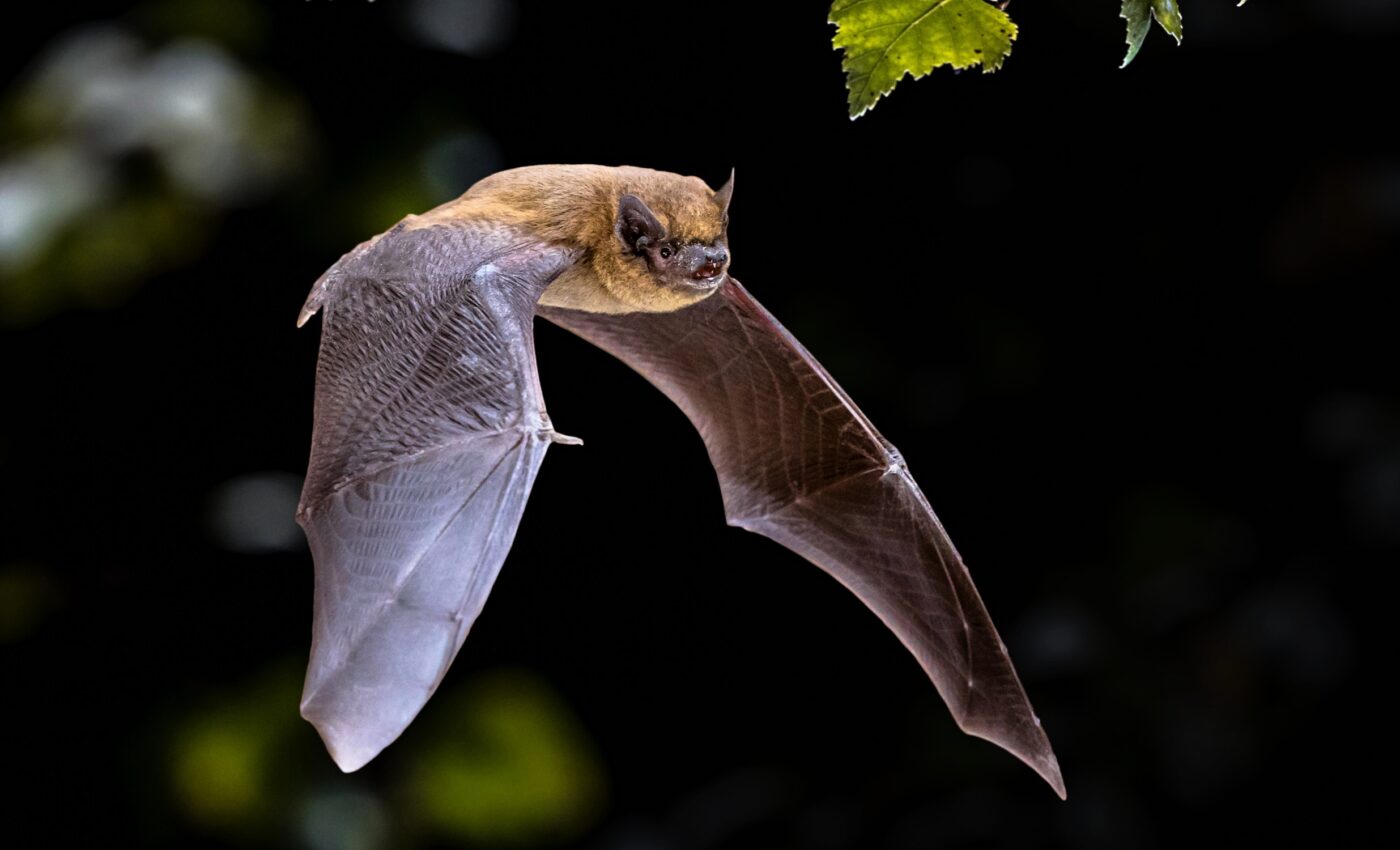
Bats assist farmers by consuming harmful pests
Bats may be mysterious creatures of the night, but they’re also amazing natural pest controllers with some impressive appetites. This is the conclusion of a new study focusing on bats living on the beautiful island of Madeira, Portugal.
The study highlights just how awesome these flying mammals are, and the amazing benefits they quietly provide us.
The secret menu of island bats
Scientists took a close look – a really close look – at what bats on Madeira are eating. They wanted to understand the role these amazing creatures play on the island. To do this, they analyzed the DNA of one very specific bat “byproduct” – droppings.
The study examined the dietary habits of three bat species inhabiting the island of Madeira: the Madeira Pipistrelle, the Madeira Lesser Noctule, and the Grey Long-eared Bat.
Through detailed analysis, researchers discovered a remarkable variety in the bats’ diets, revealing a broad spectrum of prey that includes several types of insects.
Each bat species showed a preference for different insect groups, enriching our understanding of their ecological roles. For instance, the Madeira Pipistrelle was found to primarily consume moths and flies, which are abundant at night.
The Madeira Lesser Noctule, on the other hand, favored a diet rich in beetles and spiders, indicating its role in managing populations of these particular pests.
The Grey Long-eared Bat displayed the most diverse diet, feeding on an assortment of insects from butterflies to moths, showcasing its adaptability to available food sources.
This diversity is significant as it underscores the bats’ ability to target a wide range of agricultural and forestry pests, thereby naturally controlling these populations.
The presence of such varied diets among the bats also highlights the complexity of their roles within the ecosystem, where they help maintain the balance of insect species and contribute to the overall health of their habitat.
Bats and pests
The most significant finding? A whopping 40% of the insects the bats ate were agricultural or forest pests. These are bugs that seriously damage crops or trees, and that’s where bats come in as farmers’ silent partners.
For example, bananas are extremely important to the economy of Madeira. The banana moth poses a significant risk to this crop, directly impacting the livelihood of farmers on the island. Fortunately, bats are natural predators of the banana moth, helping to control populations of this destructive insect.
Bats don’t just protect bananas; they target other serious agricultural pests as well. One such pest is the turnip moth, known for causing widespread damage to vegetables and cereal crops. Another problem insect consumed by bats is the golden twin-spot moth, which significantly damages crops grown in greenhouses.
In addition to controlling agricultural pests, bats even help protect human health. The study found they consume Psychoda albipennis. This insect is a parasite that can cause myiasis, a condition with unpleasant symptoms like abdominal pain and diarrhea.
By eating this and other pests, bats provide an essential service to both farmers and the broader community.
Bats and their smart detection
Bats are incredibly difficult to study in the wild. Their echolocation abilities give them a type of sonar that allows them to expertly navigate their environment. This means they can easily detect and avoid obstacles like the nets researchers traditionally use to capture them for study.
However, the scientists studying bats in Madeira didn’t give up. They carefully observed the bats’ behavior and discovered a key moment of vulnerability: bats need to drink water.
By focusing on water sources and waiting patiently, the researchers were able to safely and temporarily capture bats for their research. This dedication allowed them to obtain the important information they needed.
Bat-friendly farming to control pests
Farming is crucial for providing food, but it can sometimes lead to habitat loss or conflict with wildlife. This study offers an exciting alternative approach. Its findings indicate that a mutually beneficial relationship can exist between farmers and bats.
By strategically placing bat boxes, farmers provide shelter for bats, attracting them to the area. This benefits bats by giving them safe places to roost. At the same time, farmers gain a powerful natural ally in pest control, as bats consume large quantities of insects that damage crops.
This study demonstrates that this concept is not just theoretical. Researchers actively installed bat boxes in protected areas near farms and observed positive results. Endangered Madeiran Pipistrelles were found using the boxes, showing that this strategy can promote bat populations while also benefiting the agricultural community.
“An increasing number of farmers are using bat boxes to attract insectivorous bats to their fields. During our study, we experimented by placing some in the protected area where we were working, and to our excitement, some of these are now inhabited by the vulnerable Madeiran Pipistrelles. This suggests that deploying simple artificial bat roosts might lead to win-win outcomes for both conservation and local farmers,” explained study co-author Associate Professor Ricardo Rocha from the Department of Biology at the University of Oxford.
Changing Perceptions
Bats tend to get a bad reputation, often seen as spooky or creepy. However, studies like this illuminate their true nature. Turns out, while many of us are sleeping, bats are out there, doing their part to keep ecosystems (and farms) healthy.
They’re a hidden force for good, and maybe a source of inspiration for pest control solutions that work with nature rather than against it. This study gives us a glimpse into the world of Madeira’s insect-munching bats, but the fact is, bats all over the planet provide similar services in their own ecosystems.
The study is published in the Journal of Mammalogy.
—–
Like what you read? Subscribe to our newsletter for engaging articles, exclusive content, and the latest updates.
Check us out on EarthSnap, a free app brought to you by Eric Ralls and Earth.com.
—–













